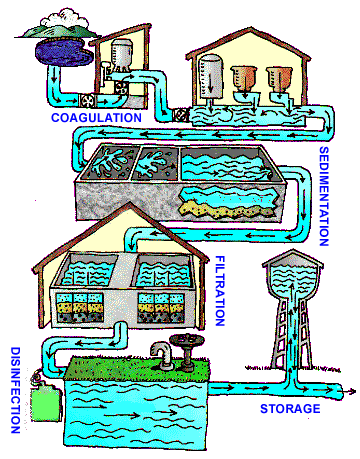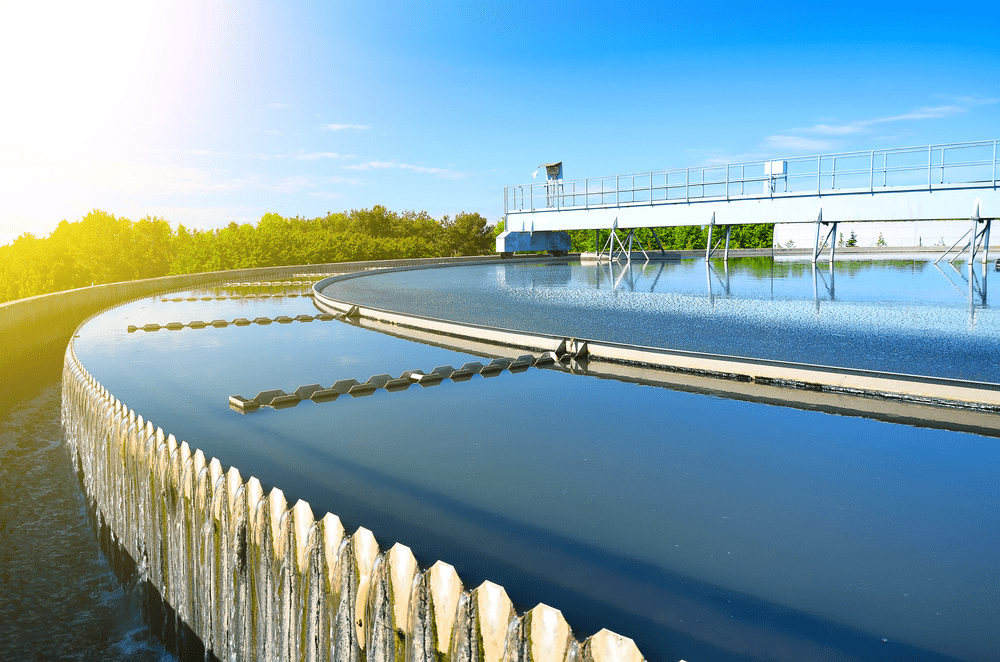Municipal plants use water treatment polymer to optimize filtration efficiency.
Municipal plants use water treatment polymer to optimize filtration efficiency.
Blog Article
Discover Exactly How Water Therapy Polymer Works to Boost Your Water Purification Process
Water therapy polymers have actually arised as necessary representatives in the realm of water filtration, operating as both flocculants and coagulants to significantly enhance the elimination of contaminants - water treatment polymer. By promoting particle aggregation and boosting sedimentation performance, these compounds not only fine-tune water top quality but likewise simplify functional processes.
What Are Water Treatment Polymers?
Water treatment polymers are specialized chemical substances used in numerous processes to enhance the effectiveness of water filtration and therapy systems. These polymers play a crucial function in the elimination of contaminants, including suspended solids, raw material, and virus from water sources. They are typically categorized into all-natural, synthetic, and semi-synthetic polymers, each with unique qualities and applications.

Water treatment polymers work as flocculants, coagulants, or dispersants, promoting the load of particulates for easier elimination. Their efficiency can dramatically lower the cost and power related to conventional treatment methods, making them crucial elements in metropolitan and commercial water treatment centers. As water high quality regulations end up being extra rigid, the need for efficient water therapy polymers remains to expand, underscoring their relevance in contemporary water administration practices.
System of Activity
The system of activity of water treatment polymers includes numerous essential procedures that enhance the elimination of contaminants from water. Mostly, these polymers work as flocculants, promoting the gathering of put on hold bits right into larger clusters referred to as flocs - water treatment polymer. This aggregation takes place through fee neutralization, where the cationic polymers connect with negatively billed fragments, decreasing their electrostatic repulsion and permitting them to coalesce
When flocs are created, their increased dimension and weight facilitate sedimentation or filtering, therefore effectively eliminating them from the water column. In addition, some polymers may show adsorptive residential properties, binding to specific pollutants and boosting their removal efficiency. This double action not just boosts the physical splitting up of particles however additionally help in the reduction of dissolved raw material and hefty steels.

Types of Water Treatment Polymers
Countless sorts of water treatment polymers are used in various applications to improve the effectiveness of contaminant removal he has a good point procedures. These polymers can be generally classified into 3 main kinds: flocculants, coagulants, and dispersants.

Coagulants, on the various other hand, are normally low-molecular-weight substances that reduce the effects of the cost of colloidal bits. They advertise the formation of larger accumulations, which can then be eliminated extra easily. Typical coagulants consist of aluminum sulfate and ferric chloride, commonly used along with flocculants to boost overall effectiveness.
Dispersants offer a different purpose; they support fragments in suspension, preventing them from agglomerating. This is especially vital in applications such as oil-water splitting up, where it is necessary to maintain impurities dispersed until they can be successfully gotten rid of.
The selection of you could try this out the suitable polymer kind relies on the specific qualities of the water being treated and the preferred top quality of the last effluent.
Benefits of Using Polymers
Polymers play a vital function in improving the effectiveness of water therapy processes, providing a variety of advantages that contribute to improved operational efficiency. Among the main benefits of using polymers is their ability to significantly raise the performance of fragment elimination throughout coagulation and flocculation. By promoting quicker and more reliable gathering of particles, polymers facilitate the explanation of water, causing higher quality result.
Furthermore, polymers can boost the sedimentation procedure, causing minimized sludge quantities. This not only reduces disposal expenses but also lessens the ecological effect related to waste administration. The usage of water treatment polymers can lead to boosted filtration rates, enabling for extra efficient use of sources and decreased functional downtime.
Additionally, polymers help in stabilizing the water chemistry, which can alleviate issues associated to scaling and corrosion in treatment systems. This stablizing adds to the durability and integrity of equipment, eventually reducing maintenance expenses. The adaptability of polymers allows their application throughout various water treatment situations, making them very useful tools for achieving regulative conformity and making certain public health safety.
Applications in Water Purification

Water filtration processes use a selection of polymers to boost therapy efficiency and make certain the removal of contaminants. These polymers play important functions in coagulation, flocculation, and sedimentation, efficiently aggregating suspended bits and promoting their removal from water. Coagulants, such as polyaluminum chloride, engage with contaminations, neutralizing their costs and advertising the development of bigger accumulations, called flocs.
Along with typical coagulants, specialized polymers are utilized in membrane filtering systems. These polymers enhance membrane performance by reducing fouling and extending functional life-span. Polymeric adsorbents are made use of to target certain contaminants, including heavy steels and natural compounds, providing a customized approach to water therapy.
Polymers also locate applications in sludge dewatering procedures, boosting the effectiveness of solid-liquid separation - water treatment polymer. By boosting the dewatering features of sludge, these polymers decrease disposal prices and ecological effect
Verdict
In verdict, water treatment polymers play a vital duty in enhancing water purification procedures by acting as reliable flocculants and coagulants. Overall, the consolidation of these specialized substances is crucial for optimizing water therapy systems and making certain efficient purification results.
Report this page